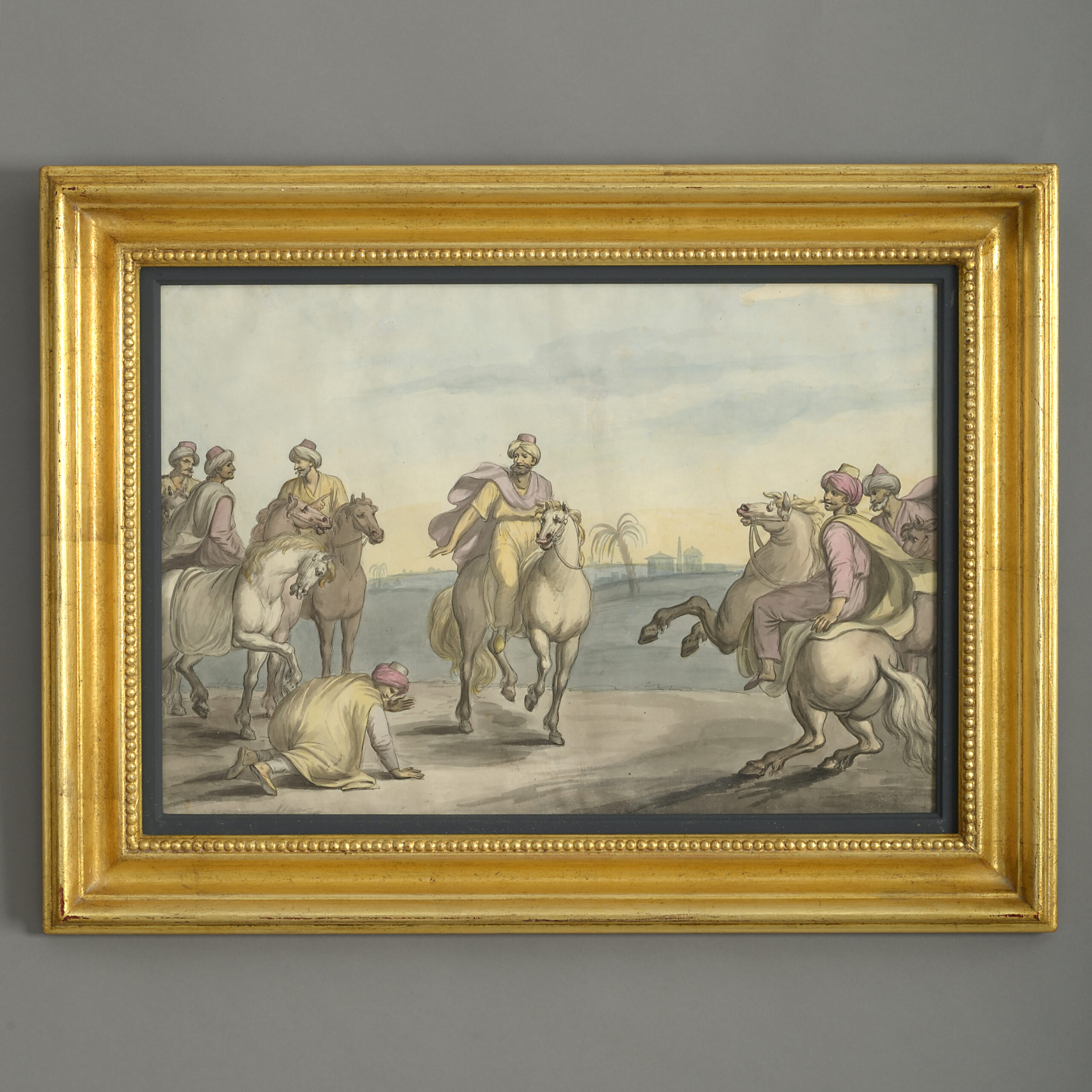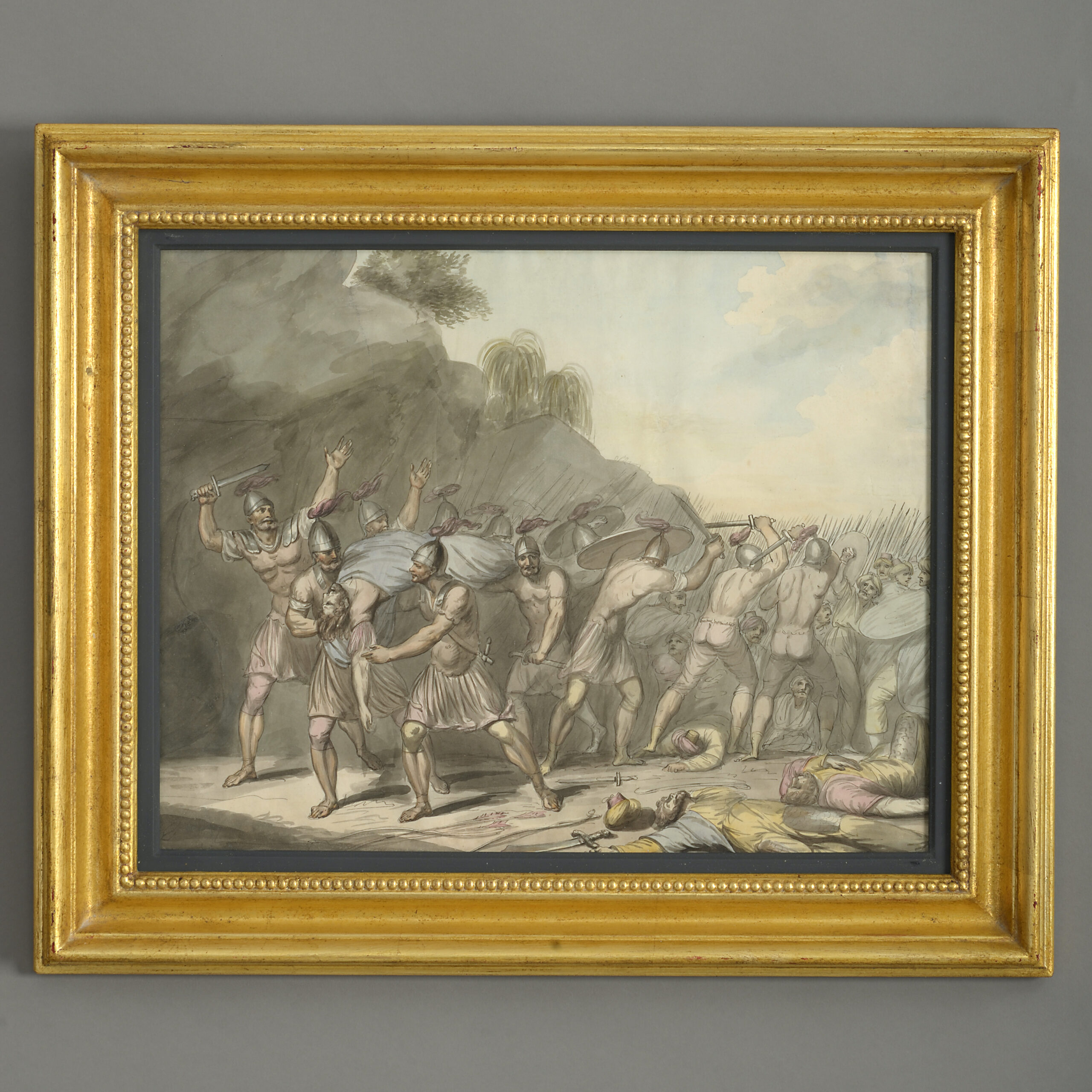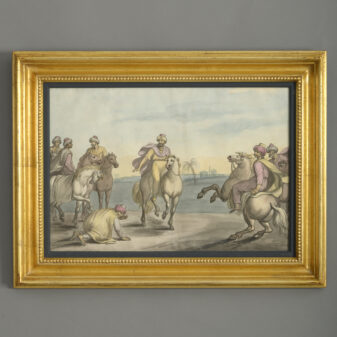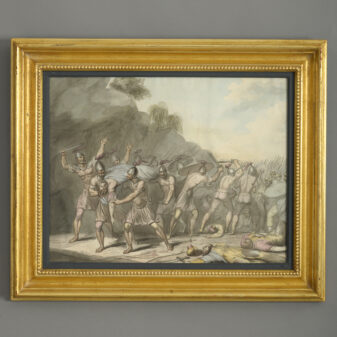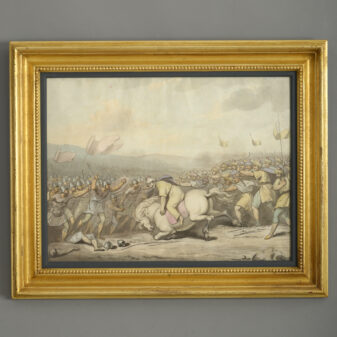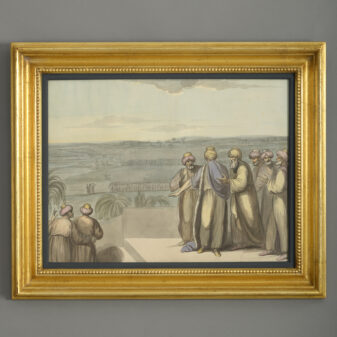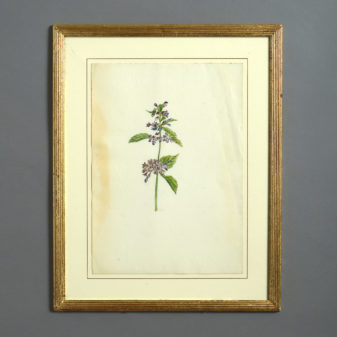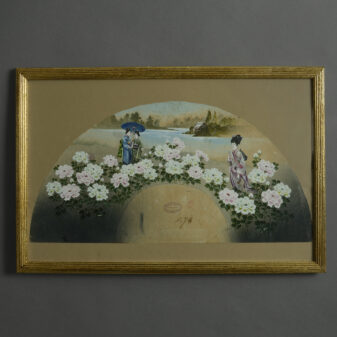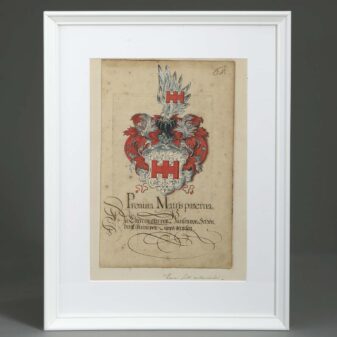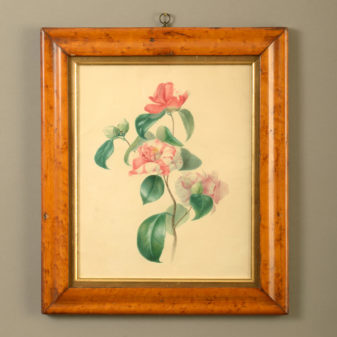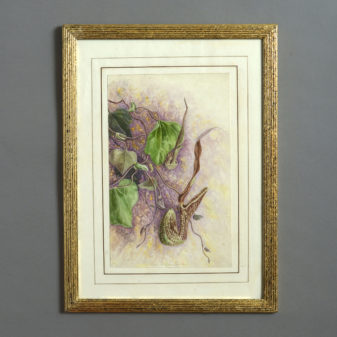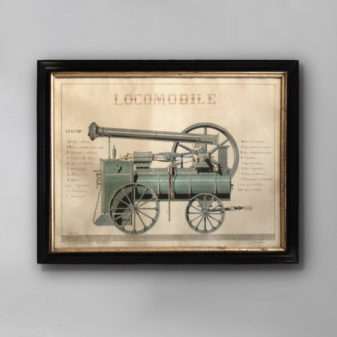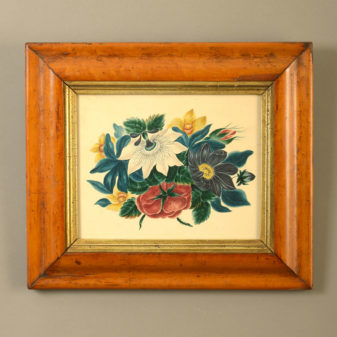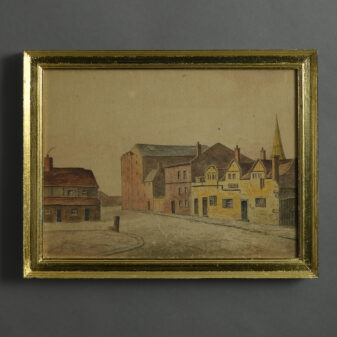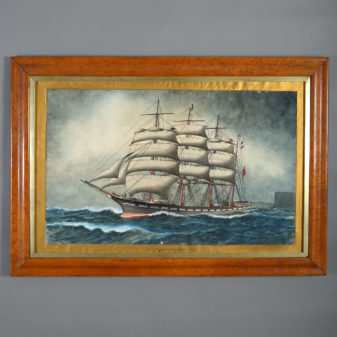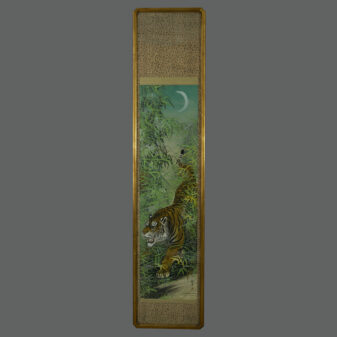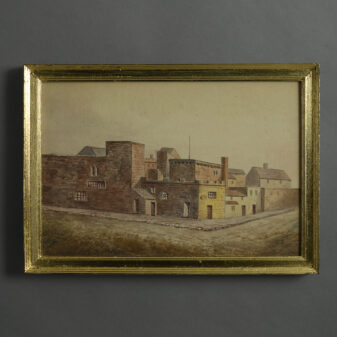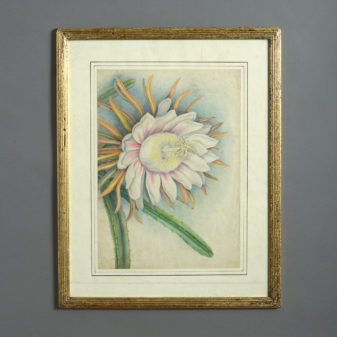Circa 1800 England
Samuel Woodforde (1763-1817) Four Watercolours, The Invasion of Greece by Xerxes, 480 B.C.
£7,500
SOLD
Samuel Woodforde (1763-1817)
‘Invasion of Greece by Xerxes, 480 B.C.’
A group of four ink and watercolour paintings, circa 1800; held in gilded wood frames
Provenance: Earls of Yarborough, Brocklesbury Park, England
These fascinating watercolour paintings depict key moments in the Invasion of Greece by Xerxes I in 480 B.C.
Xerxes had spent years planning his invasion of Greece. It was to be his ‘divine punishment’ for his father Darius’ crushing defeat at Marathon in 490 BC. Now, a decade later, he had spared no expense in preparing a vast expeditionary force. After several years of planning, Xerxes’ huge army and navy travelled south from Sardis, through Thrace and Macedonia.
Faced with such an overwhelming force, only a small confederation of city-states, led by Athens and Sparta, determined to resist Xerxes. At most they possessed some thirty thousand men, and a few hundred ships against an invading force of over 100,000 Persian soldiers and some 1,200 ships. While the land army was advancing, there were several severe storms that shipwrecked much of the invading fleet, but unperturbed Xerxes ingeniously reorganised and eventually crossed the Hellespont (the Dardanelles) and reached Macedonia in the north of Greece by the Spring of 480 BC.
In response a contingent of 300 Spartans and several thousand allies were sent to occupy the narrow mountain pass of Thermopylae, not far from the Greek fleet that was anchored off the nearby coast at Artemisium.
It was a suicide mission, designed to detain the Persians just long enough for the rest of the Greek allies to gather their forces. Led by King Leonidas, the Spartans heroically held the Persians at bay for nearly a week until – outnumbered, betrayed and outflanked – they were finally defeated. Xerxes advanced southwards, capturing Boetia and Attica. He then entered and burned Athens. The Greek forces escaped to Salamis, where their navy destroyed the depleted Persian fleet. Xerxes left Greece, leaving General Mardonius to fight on. The Persians were defeated the following year (479 BCE) and were eventually driven out of Greece, the Aegean and Ionian islands.
Samuel Woodforde might have been moved to depict the subject of Xerxes after the English translation in 1791 by Rev. William Beloe of the Histories of Herodotus which gave an account of the Persian King’s invasion. Also in 1777 Robert Potter translated from the Greek the ancient play ‘The Persians’ written by Aeschylus in the 5th century BC. Certainly there was interest in the historic subject matter around the end of the eighteenth century, enough maybe to elicit a commission from Lord Yarborough. Until recently these watercolours formed part of a leather bound folio which had been in the library at the family seat, Brocklesby Park, for many generations. Pasted as an elegant scrapbook, the illustrations accompanied a few others on ancient Greek history.
Woodforde was a talented artist who travelled to Italy in the late eighteenth century and by 1807 was elected a member of the Royal Academy in London. He made his name by painting sensitive portraits, bold historical scenes – as with these pictures – and engaging literary subjects such as episodes from Shakespeare.

